Examples of high-tech chemical fiber fabric design and production
1. Selection of raw materials and fabric design
1. Raw materials are fundamental. Early fibers were mainly used for clothing, and their properties met general wearing requirements. With the advancement of social production and science and technology, the improvement of production levels and people’s living standards, especially the rise of high-tech industries, has put forward higher requirements for the fiber industry. For example: industries such as aerospace, marine engineering, atomic energy, and new civil construction require high-strength, high-modulus, high-performance fibers, environmentally resistant fibers that are heat-resistant, fire-resistant, corrosion-resistant, and radiation-resistant; non-standard industries such as chemical and electronics require conductivity , antistatic, electrically conductive and fully conductive fibers; in the field of life sciences, fibers with biomedical functions such as human adaptability, blood compatibility and separate permeability are needed. Similarly, the improvement of people’s living standards also requires clothing materials to be softer and more comfortable, with brighter colors and more unique styles. They are not only beautiful but also have health and hygiene functions, sports and leisure, water-blocking and breathable functions, so as to meet the needs of people at different levels of life.
Therefore, when selecting raw materials, you must first determine the type of raw materials based on the purpose and performance requirements of the designed fabric; then select and determine the specifications of the raw materials (such as length, fineness, cross-sectional shape, etc.) based on the requirements of the equipment used for finishing.
2. Spinning yarn design If the woven or knitted fabric method is adopted, the yarn must be spun first. The design content of spinning yarn includes: the fineness, twist and twist direction of spinning yarn. The design principles are as mentioned in the previous chapter.
If it is used as a non-woven fabric, there is no need to spin the yarn, and the fibers can be formed into a web.
3. Organization and density design If the weaving method is used for production, the organization and fabric density must be closely matched. There are many interlacing points in the circulation of the plain weave tissue, and the equal support surface is easy to reach a close level, and a smaller warp and weft density can be adopted; the satin weave type is easy to obtain the warp (weft) support surface effect, when designing the warp (weft) support surface fabric , using satin weave can choose a smaller warp and weft density.
There are no organizational factors in the design of nonwoven fabrics, only fiber web ration and reinforcement methods and processes are considered.
There are many types of high-tech fibers with different properties, so there are various forms of production and finishing. When designing, all elements of the fabric and the production process must be comprehensively considered.
2. Design and production of acupuncture dust filter materials
(1) Raw material selection
According to the main requirements for the performance of the filter material, the fiber raw materials should have chemical resistance, heat resistance, and friction resistance , high strength and other characteristics.
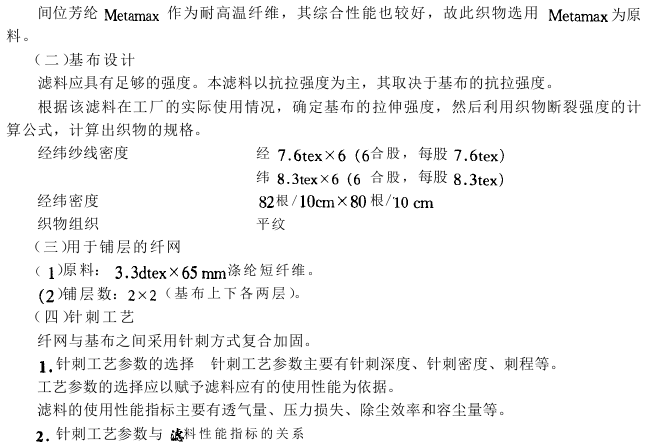
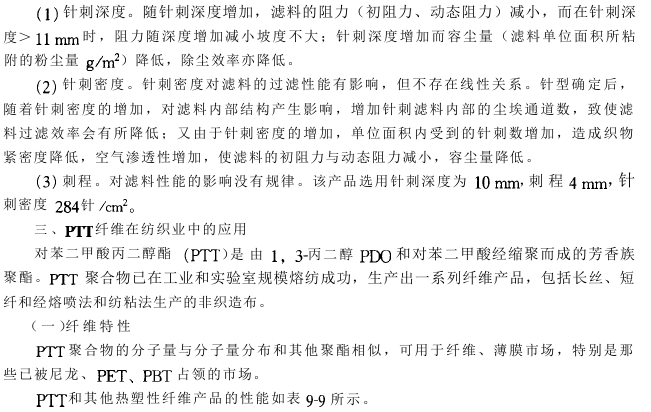
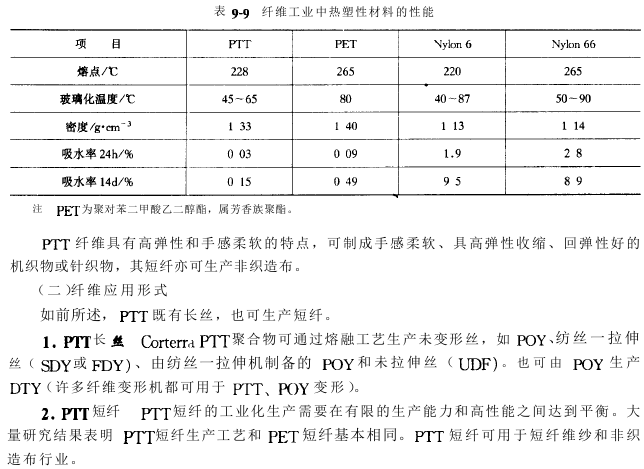
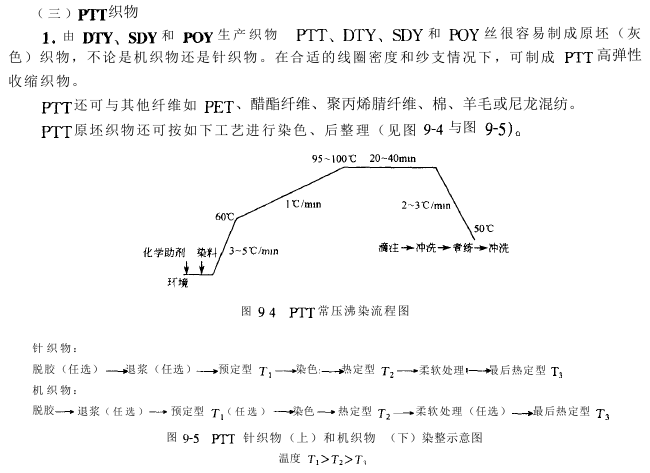
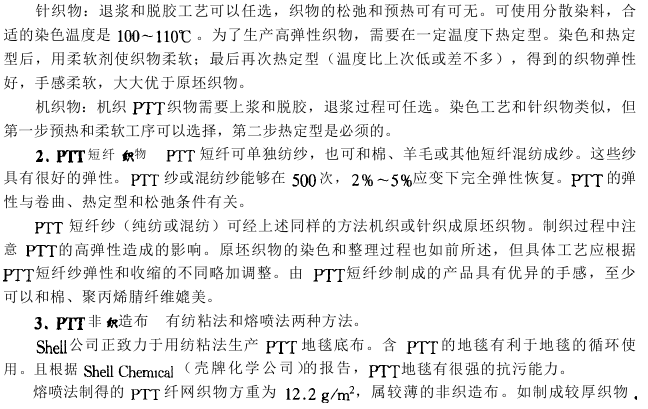

AAADFGRTJUYKYU





